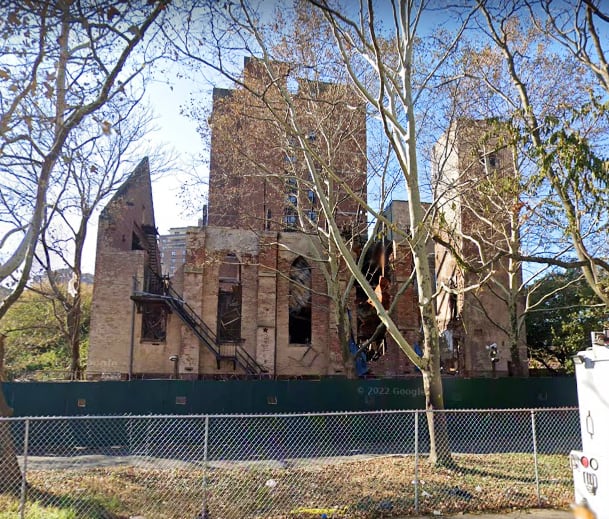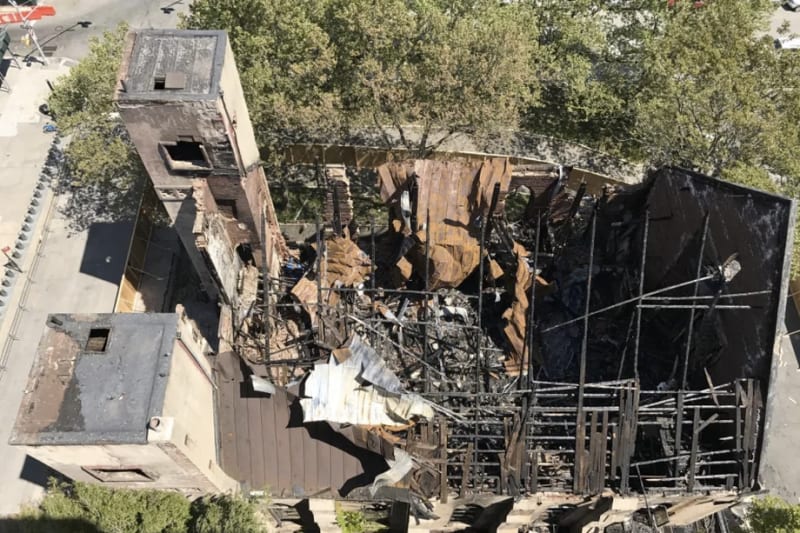ACtrafficengr
Civil/Environmental
Engineers Warned Landmarks Commission Salvaging a Synagogue Would Be Dangerous. Then a Worker Got Crushed to Death.
"the general counsel for the landmarks commission had “instructed” him not to again bring up his recommendation for a full demolition so as not to “offend” the commissioners who were insisting that parts of the deteriorating building must be retained."
FSCK the commissioners' feelings. The general counsel should get fscked, too.
Sorry about the chloride content.
My glass has a v/c ratio of 0.5
Maybe the tyranny of Murphy is the penalty for hubris. -
"the general counsel for the landmarks commission had “instructed” him not to again bring up his recommendation for a full demolition so as not to “offend” the commissioners who were insisting that parts of the deteriorating building must be retained."
FSCK the commissioners' feelings. The general counsel should get fscked, too.
Sorry about the chloride content.
My glass has a v/c ratio of 0.5
Maybe the tyranny of Murphy is the penalty for hubris. -


